Search
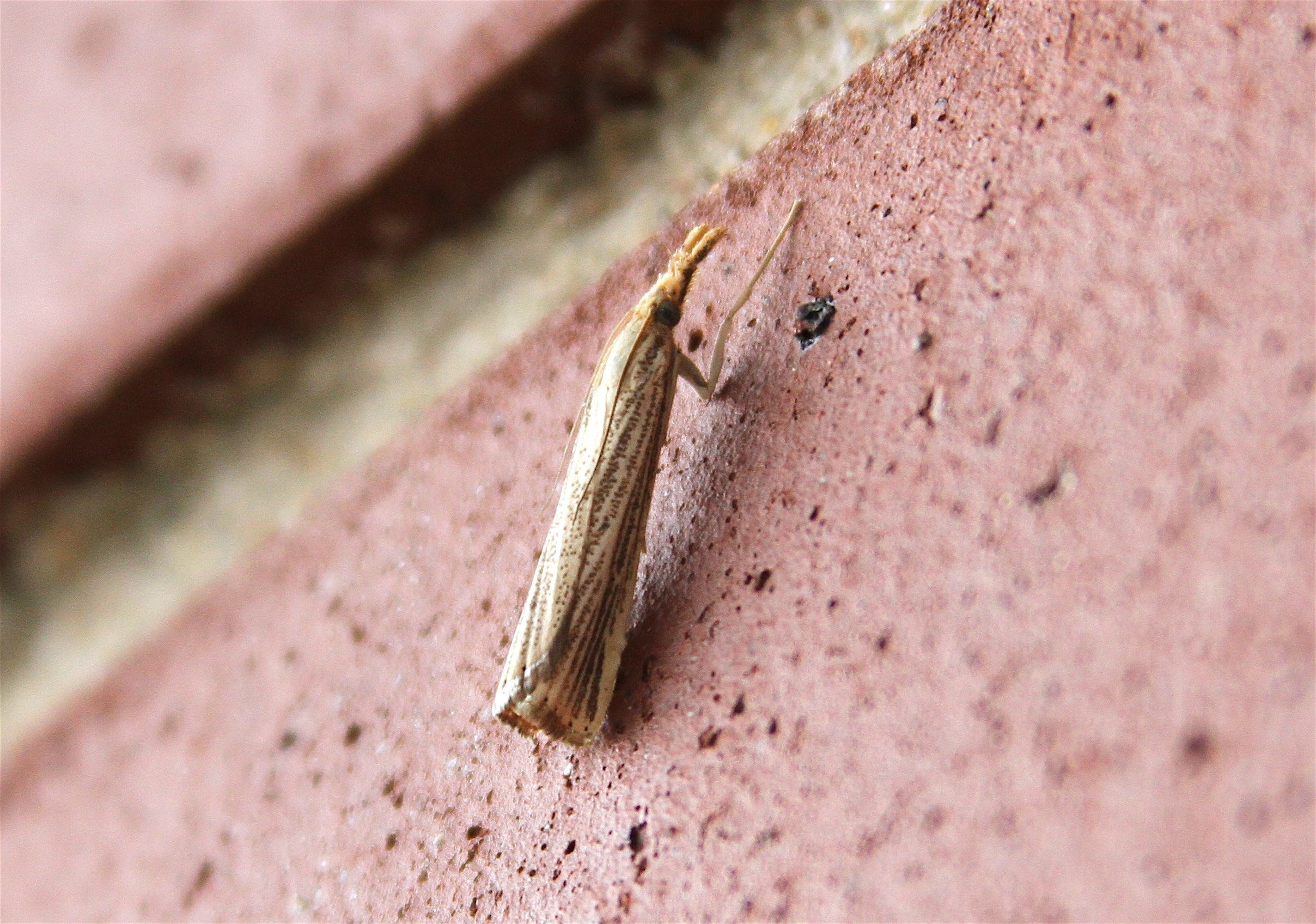
Sod Webworm in South Dakota
Sod webworm moths are emerging throughout South Dakota. Although these pests are common during the fall, the number of moth sightings and population densities in the Western half of the state are higher than normal. The particular species being found is the vagabond sod webworm. Unlike several other webworm species found in the United States, vagabond sod webworms rarely cause much damage and the adult moths are no more than just a short-term nuisance.
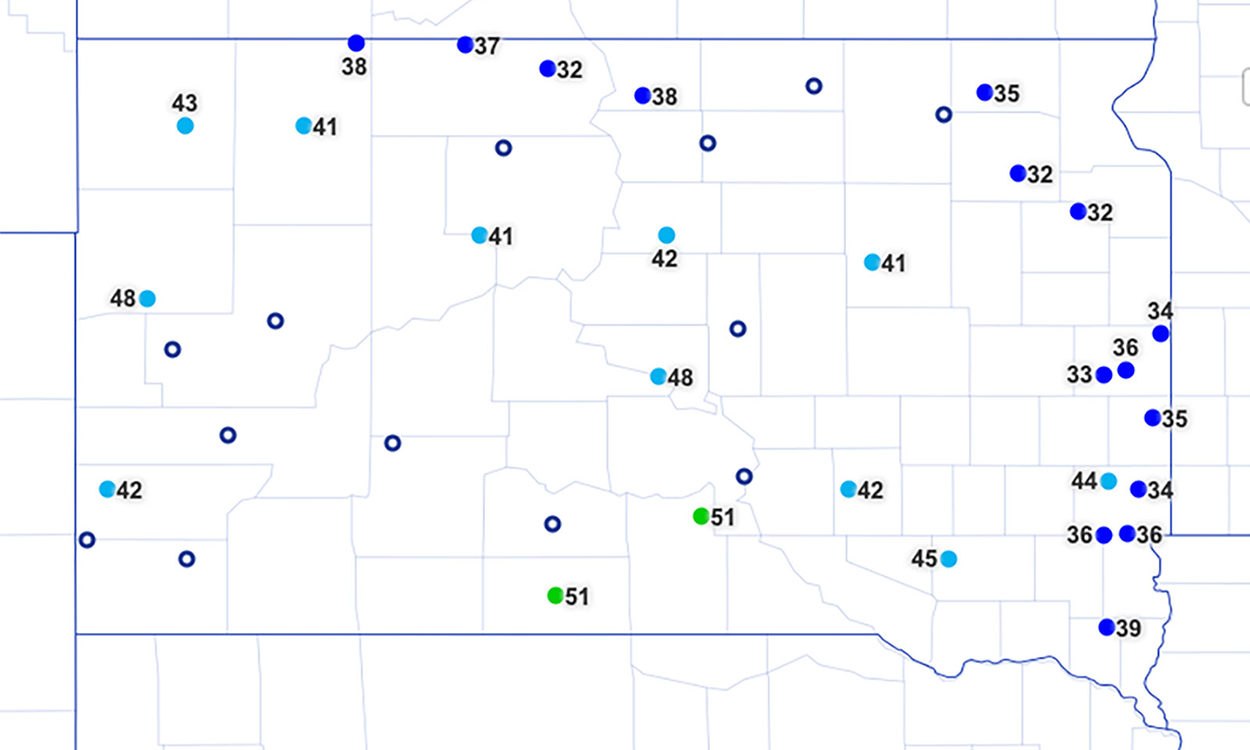
Delayed Planting Due to Soil Temperatures?
Although it can be tempting to get a head start with row crops, it's important to be mindful of soil temperatures and the risks associated with planting early.

Wise Spending Habits
Does your paycheck run out before the end of the month? Do you spend more than you earn? Your wants may possibly be getting in the way of your needs. Priorities will need to be set to help manage money. Almost everyone can find some expenses to cut or reduce.

8 Ways to Get Moving!
For those with barriers to being physically active, here are eight quick ideas to add a little more activity to your week.

West Nile in South Dakota: Expect Cases Into Early Fall
While it’s true that in South Dakota most West Nile Virus cases occur during August, new human infections are detected well into September in most years.
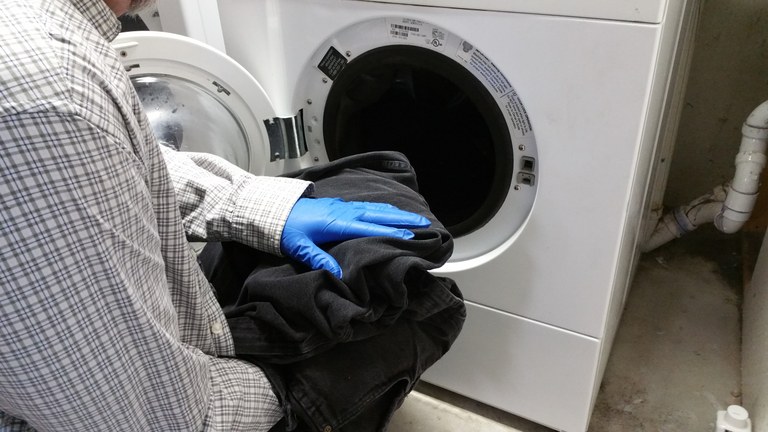
How to Properly Launder Insecticide-Contaminated Clothes
It is important to prevent insecticide exposure from occurring when laundering contaminated or potentially contaminated clothing.
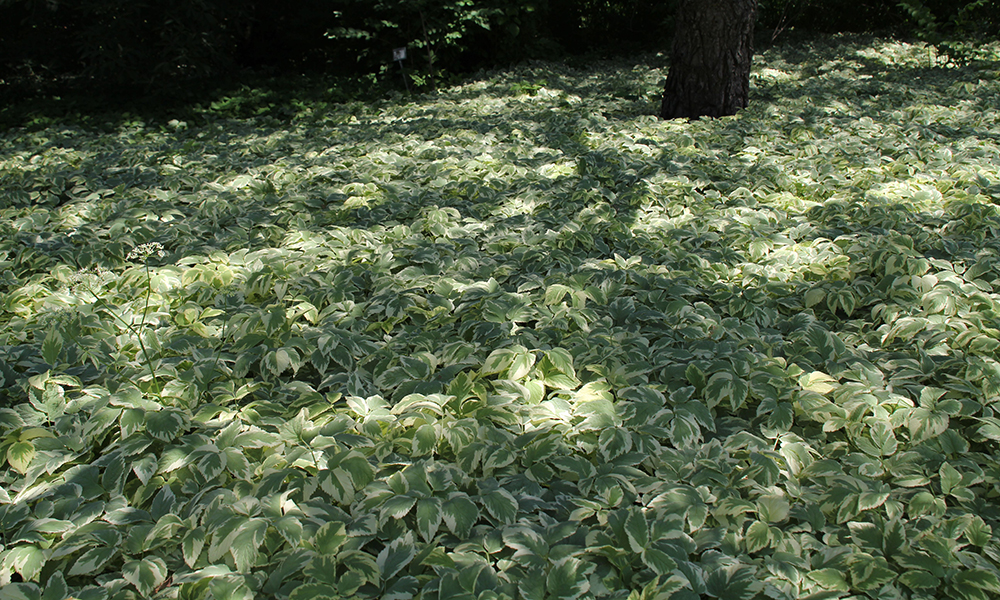
Perennial Ground Covers for Shady Gardens
Shady gardens can be filled with plants of various shapes and sizes reaching heights of several feet with eye-catching foliage or blooms. However, ground covers, which are usually twelve inches tall or shorter, are an important component of the shade garden.
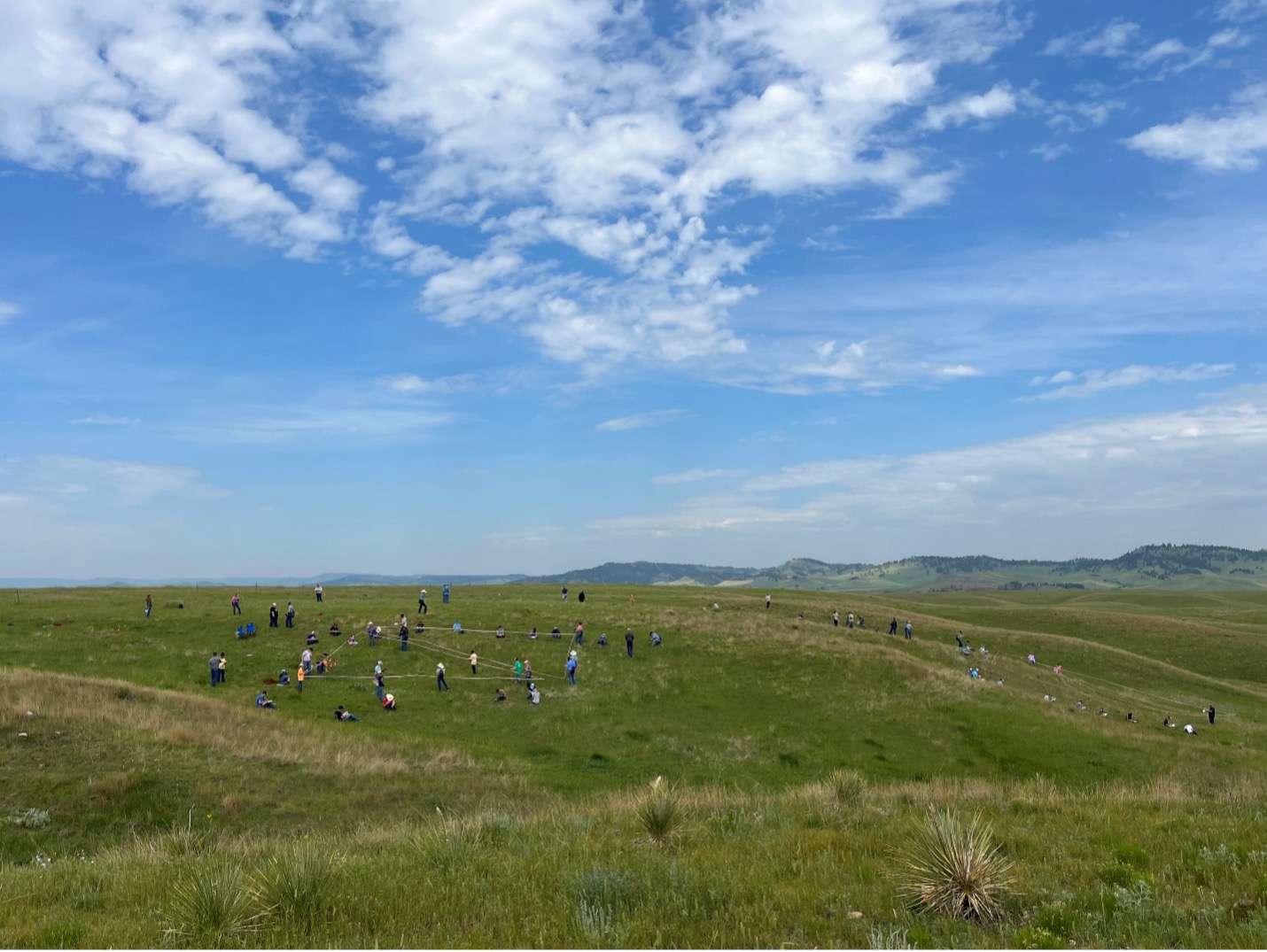
2025 Rangeland and Soil Days contest hosts 133 youth
July 10, 2025
South Dakota State University Extension is pleased to announce that 133 youth participated in the 41st annual Rangeland and 20th annual Soil Days contests on June 10-11, 2025, in Belle Fourche.
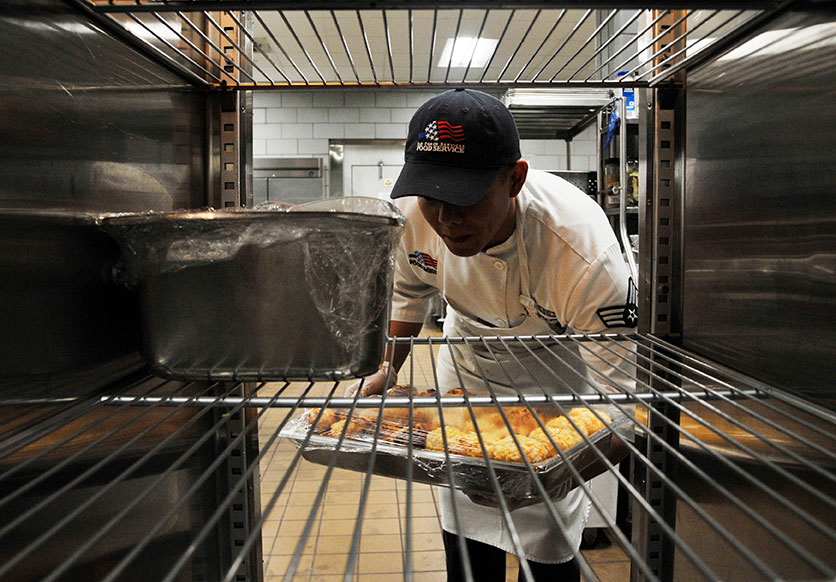
Re-heating and Re-eating Food
The general public assumption is that if a food is either microwaved, put in an oven, or heated up in another manner is that it will be safe for consumption. This is not a safe assumption to make when deciding to eat food that has been left out for an extended time.
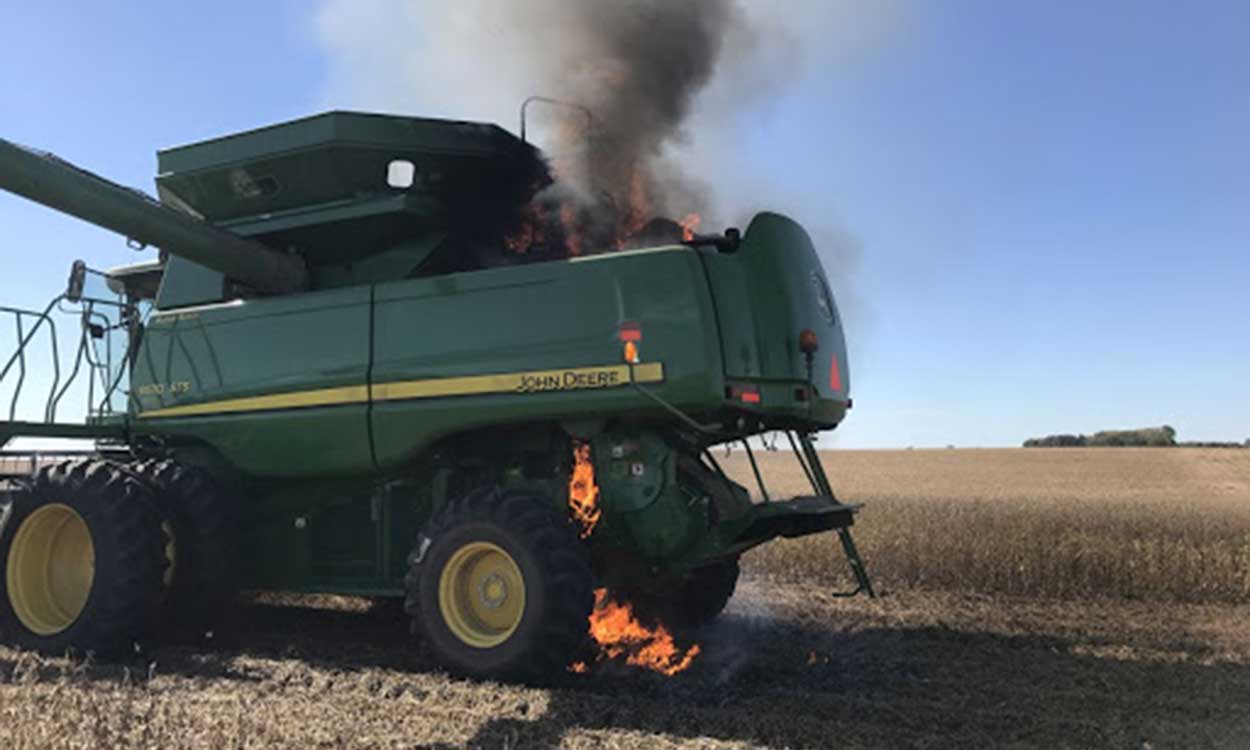
Avoiding Field Fires During Fall Harvest
With dry and drought conditions in the late summer and fall, crops dry down rapidly and harvest starts early. The climate outlook may be favorable for an uninterrupted run at harvest. However, the risk of fires during harvest is always a concern for farmers.